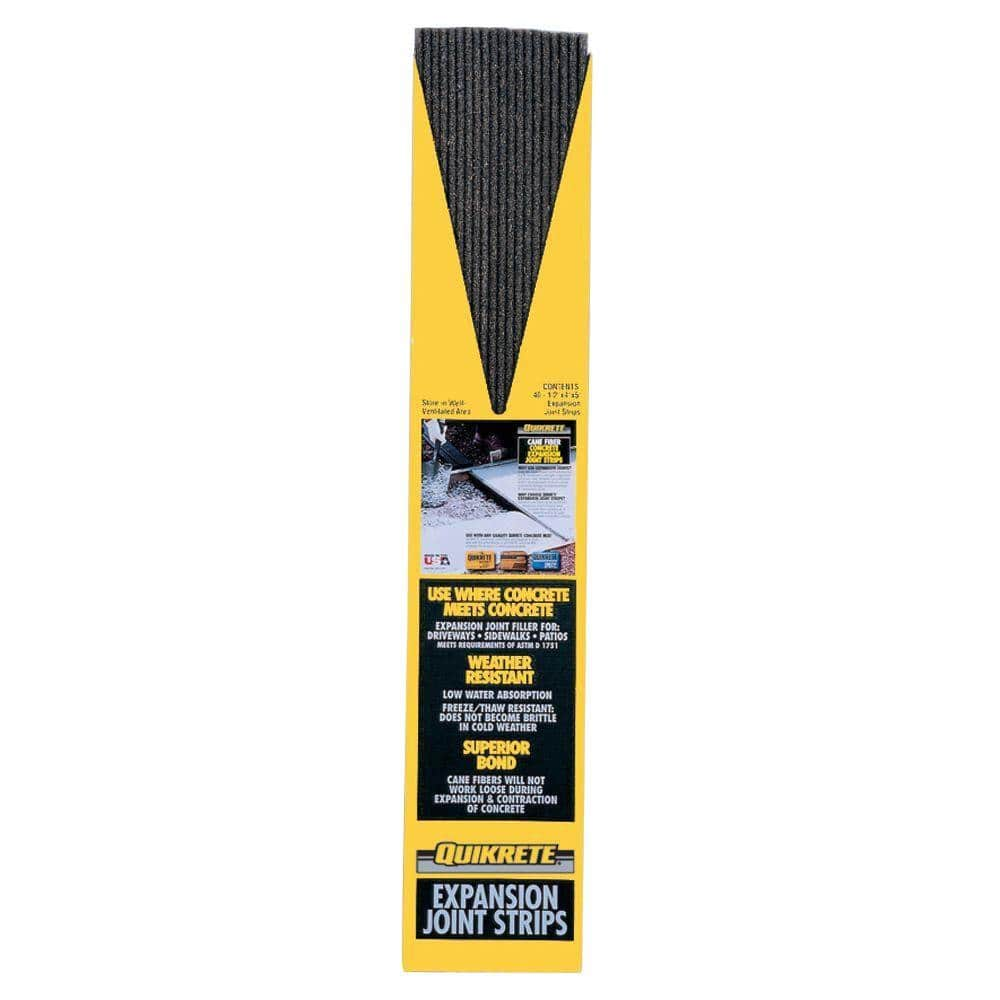We are having a concrete pool deck poured. Located in Michigan.
There is an 18” stacked paver wall around 2 sides. 4-5’ around the fiberglass pool is mostly rock for drainage. Otherwise the 4 sides of pool will have 14’, 8’, 10’, and 8’ of concrete.
2 issues.
Issue 1:
A neighbor (who has worked in construction and now sells construction material) was telling me i should insist on 2-3’ crushed compacted rock under the concrete to help prevent concrete from cracking.
The guy doing our concrete says sand is better. He is going to add a lot of rebar and some kind of “steel mesh”. 4” thick concrete.
Issue 2.
Initially we were under the impression that we would have an expansion joint between the coping on the wall and the pour concrete. Now concrete guy is saying he can’t do the expansion joint because his forms “won’t fit”. So he’s going to try and make the the gap very narrow and then fill with poly sand.
Some of this info is second hand from my wife, as i was not home when concrete guy was here Friday.
I’m hoping a pro will be able to weigh in on these two issues.
Thanks!
Pics are a couple days old. They have not started prep’ing for concrete yet.
There is an 18” stacked paver wall around 2 sides. 4-5’ around the fiberglass pool is mostly rock for drainage. Otherwise the 4 sides of pool will have 14’, 8’, 10’, and 8’ of concrete.
2 issues.
Issue 1:
A neighbor (who has worked in construction and now sells construction material) was telling me i should insist on 2-3’ crushed compacted rock under the concrete to help prevent concrete from cracking.
The guy doing our concrete says sand is better. He is going to add a lot of rebar and some kind of “steel mesh”. 4” thick concrete.
Issue 2.
Initially we were under the impression that we would have an expansion joint between the coping on the wall and the pour concrete. Now concrete guy is saying he can’t do the expansion joint because his forms “won’t fit”. So he’s going to try and make the the gap very narrow and then fill with poly sand.
Some of this info is second hand from my wife, as i was not home when concrete guy was here Friday.
I’m hoping a pro will be able to weigh in on these two issues.
Thanks!
Pics are a couple days old. They have not started prep’ing for concrete yet.
Attachments
Last edited:








